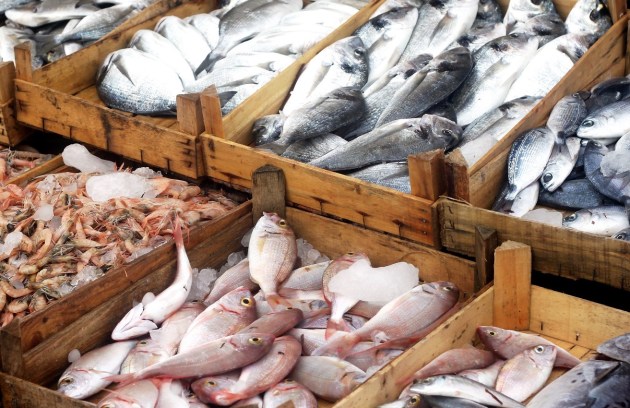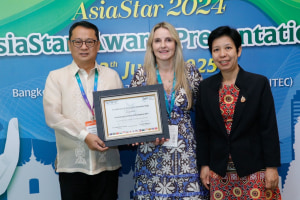An updated global standard for seafood traceability systems has been launched, with representatives of the Global Dialogue on Seafood Traceability (GDST), in cooperation with GS1 Australia, visiting Australia to promote its changes.
The global standard provides governing information content and data formats specifically for seafood traceability systems.
Discussions were held with representatives of Woolworths Limited, Coles Supermarkets, Simplot Australia, New South Wales and Victorian governments, and several solution providers.
The GDST standard was built as an extension of the international traceability standard known as GS1 EPCIS, which is widely used by major retailers, brands and supply chains.
The GDST has refined and adapted the EPCIS standard to be ‘fit for purpose’ for the seafood industry, and to include innovations that allow companies to integrate with GS1-based systems without making commercial commitments to use proprietary GS1 traceability solution products.
GDST standards are designed to meet operational business needs while helping ensure that products entering the seafood supply chain originate with legal production practices.
The standards are also adapted to facilitate regulatory compliance with import controls such as the US Seafood Import Monitoring Program and the EU IUU Regulation. Importantly, GDST does not impose a ‘one size fits all’ solution but provides design standards that can be flexibly implemented in multiple proprietary (and even competitive) systems, including cutting-edge technologies like blockchain.
It is also understood that standard implementation will take time and may involve a phased approach for some companies based on their own business decisions and conditions.
GS1 Australia chief customer officer Marcel Sieira said, “The ability to streamline the seafood supply chain, particularly in the Asia Pacific region, will bring huge benefits to Australian seafood supply chains and to exporters.”
The GDST also recently launched a capability test that will allow it to verify the ability of software solutions to achieve data sharing interoperability using the GDST standard.
Greg Brown, GDST’s executive director said the GDST has also recently launched its much-anticipated Supplier Onboarding Packet to support adoption and implementation of GDST standards throughout fishery and aquaculture supply chains, and was transitioning into an industry-led, global dialogue participation and partnership organisation.
“The reorganisation will create a permanent home for maintaining and supporting the GDST standards while continuing to provide partners with a global forum to coordinate industry actions and promote government policies in favor of effective, business-smart seafood traceability,” said Brown.






